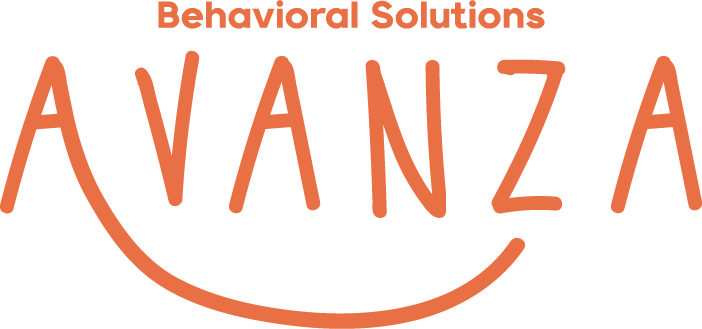WHO WAS IVAR LOVAAS?
Ivar Lovaas was a pioneering psychologist whose groundbreaking work transformed the field of autism treatment and education. In the 1960s and 1970s, Lovaas conducted revolutionary research that would shape how children with autism are supported and educated today. His innovative use of intensive teaching methods, particularly through techniques such as Discrete Trial Training (DTT), provided crucial evidence that children with autism could make significant progress in areas like communication, social interaction, and learning when given the right tools and support. Lovaas’ work laid the foundation for Applied Behavior Analysis (ABA), a therapy now widely used to improve the lives of individuals with autism.
At the core of Lovaas' philosophy was the belief that, with early and intensive intervention, children with autism could learn essential life skills such as communication, play, and social interaction. He demonstrated that by breaking down complex tasks into small, manageable steps and offering structured support, children could acquire new skills and make meaningful improvements in their behavior and development. This approach was revolutionary at the time, as many people believed that children with autism were unable to make significant progress. Lovaas, however, showed that with the right therapeutic approach, this was not the case.
Lovaas' most significant contribution was his demonstration that early, intensive therapy could drastically improve key areas of development for children with autism. His work showed that, with the right treatment, children could not only enhance their communication abilities and social skills but could also excel in academics and other areas of life. This pivotal insight helped to establish ABA as one of the most trusted and effective therapies for autism, offering new hope for families and professionals alike.
Though Lovaas’ original approach has evolved over time, his work remains a cornerstone of modern ABA therapy. Today’s practices continue to build on Lovaas’ foundational ideas but have expanded to focus on customizing learning plans to fit each child's unique needs. ABA has become more flexible and compassionate, emphasizing positive reinforcement in a supportive and encouraging environment. While still rooted in the principles Lovaas established, modern ABA therapies aim to foster a more holistic, individualized approach, celebrating each child's progress and promoting a more positive therapeutic experience.
Thanks to Ivar Lovaas' pioneering work, children with autism now have access to proven therapies that help them develop critical life skills, connect with others, and realize their full potential. His research has not only shaped autism treatment but has also inspired ongoing innovation in how we support children with developmental differences, offering a brighter future for individuals with autism worldwide.


